Current Market Data

U.S. government data shows builders increased the pace of single-family home construction while slowing the pace of multifamily starts.
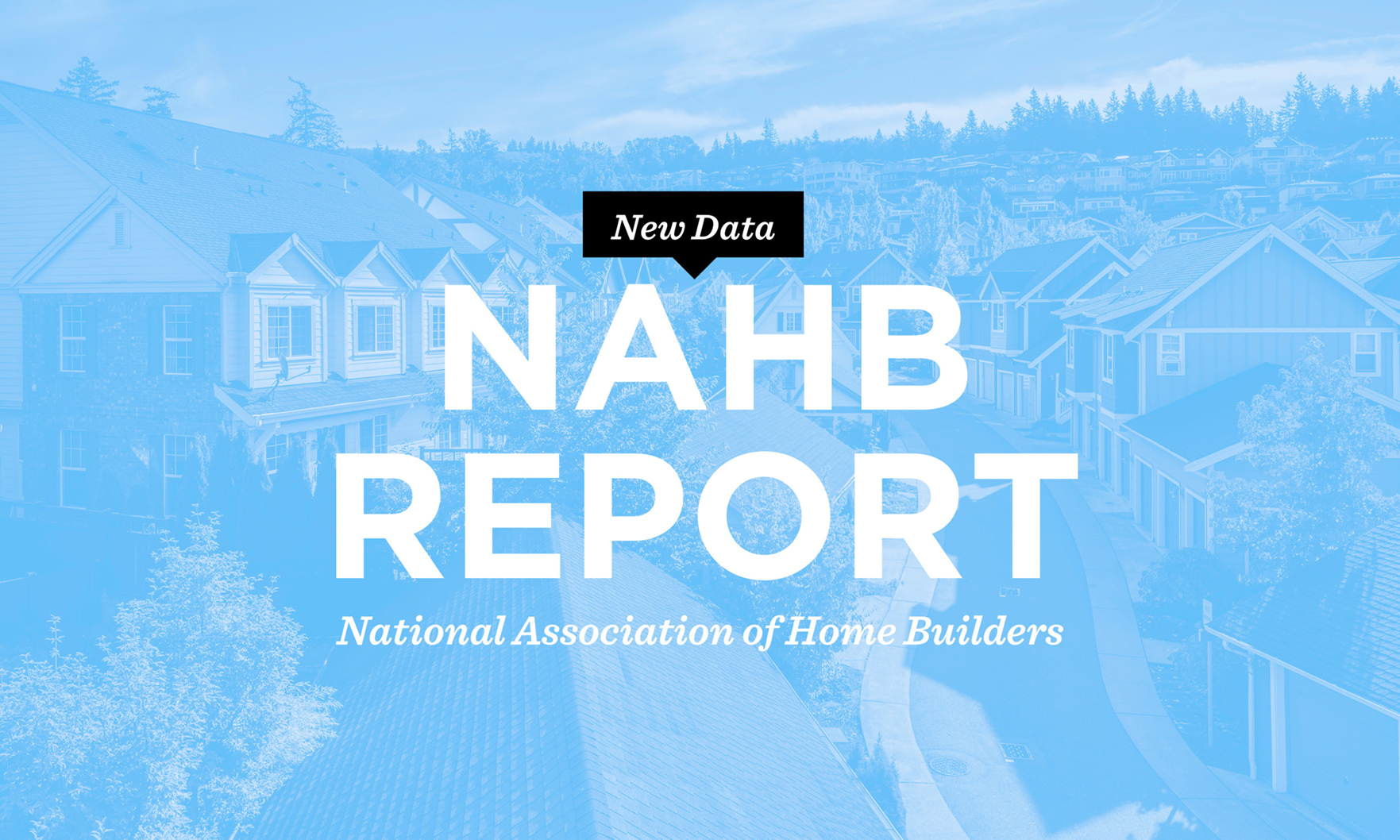
The National Association of Home Builders/Wells Fargo Housing Market Index rose for the fourth month in a row in April as the construction industry remained “cautiously optimistic.”

New listings are still in short supply, falling 21.8% from last year.
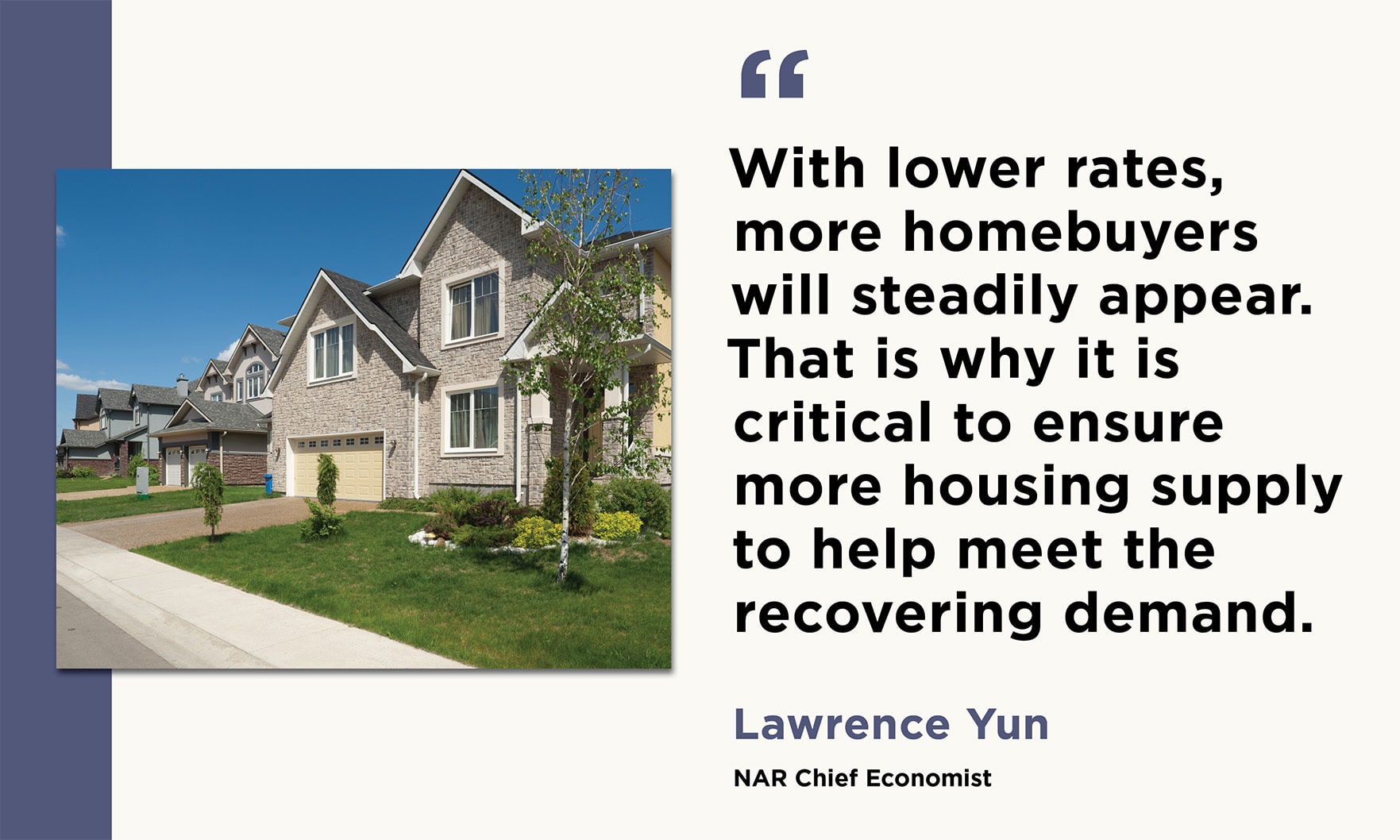
This was the fourth week in a row of declines, leaving prospective buyers hopeful for sustained low rates throughout spring homebuying season.

One of the best ways sellers can make their home stand out in today’s market is by upgrading their space with luxury renovations and amenities.

The National Association of REALTORS® Pending Home Sales Index rose for the third month in a row, suggesting the housing market’s contraction could be “coming to an end.”
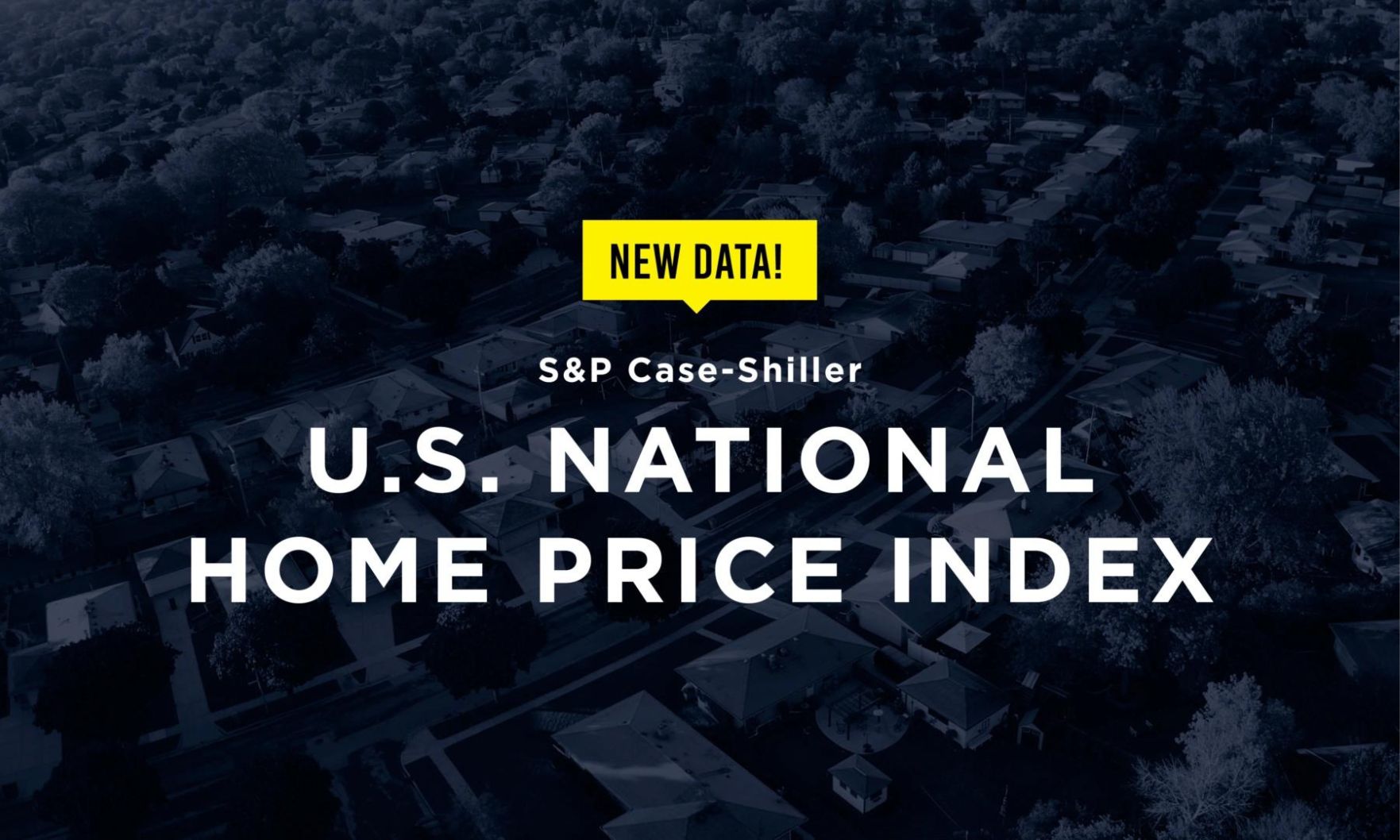
In Boston, home prices rose 4.2% year over year and slid 0.3% month over month.
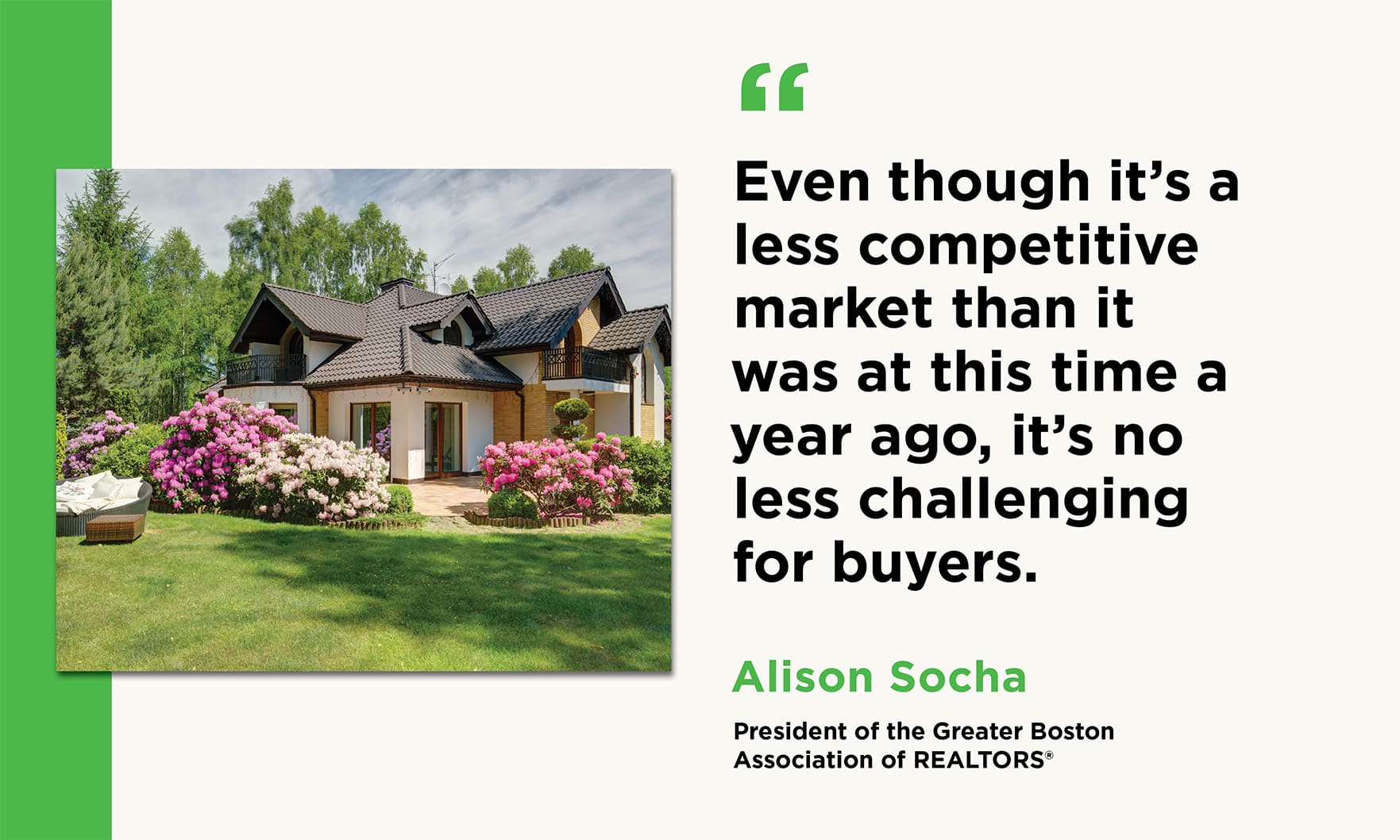
Even though today’s market is less competitive than it was at the same time last year, it’s no less challenging for buyers.
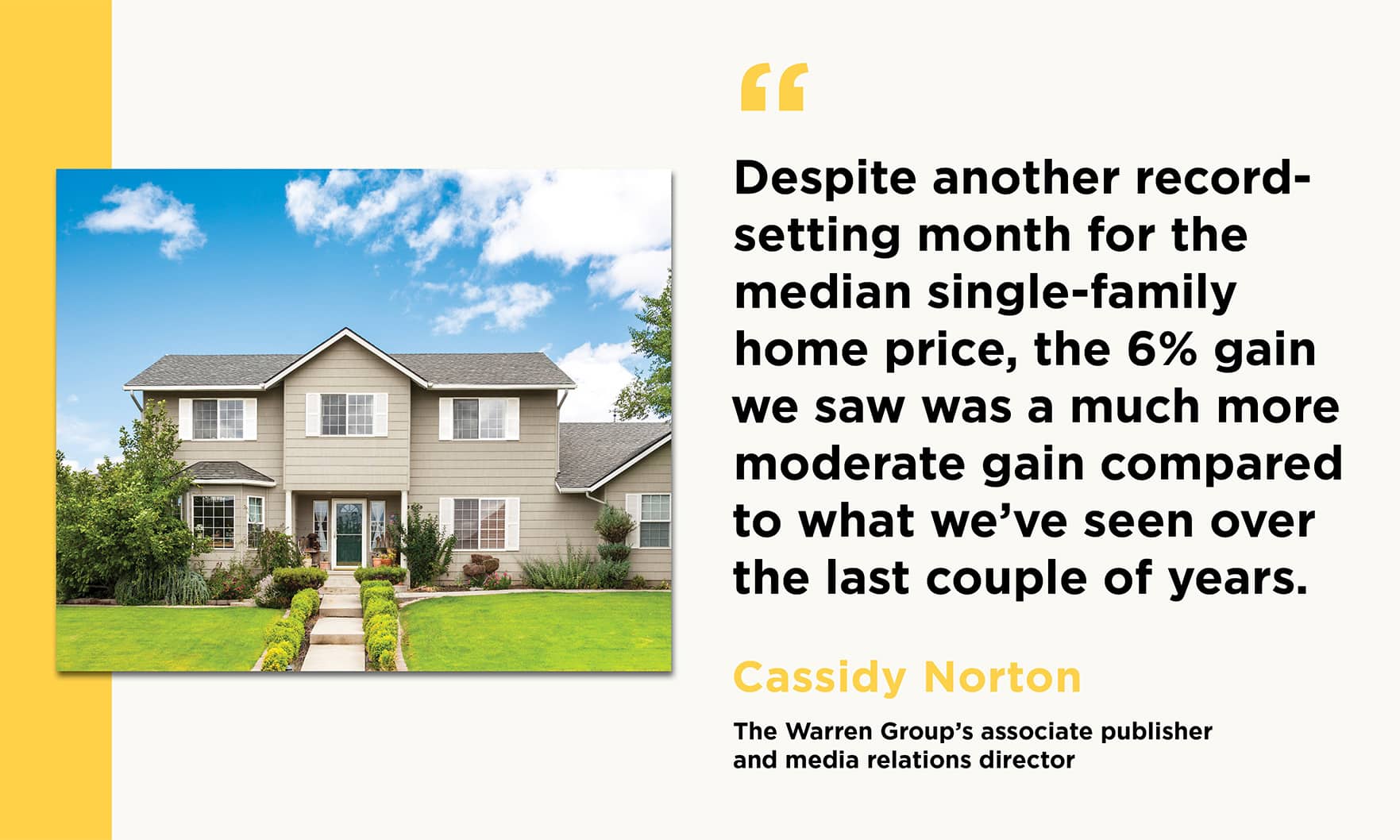
The median sale price of both single-family homes and condos in Massachusetts trended higher last month, even as sales declined.

The supply of new homes for sale ticked lower from February, according to government figures.
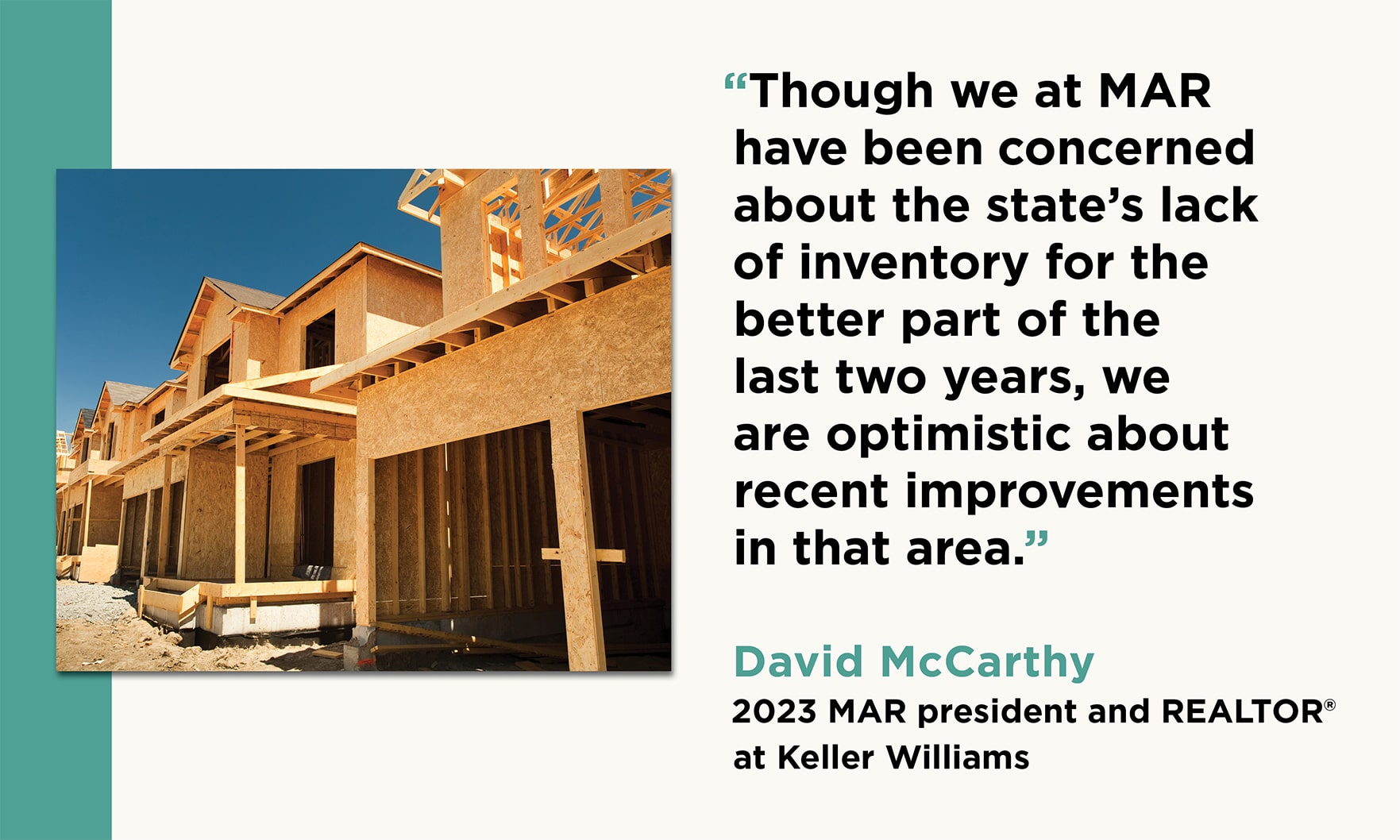
Massachusetts buyers are going to find a more balanced housing market this spring, as inventory is showing slight signs of improvement.
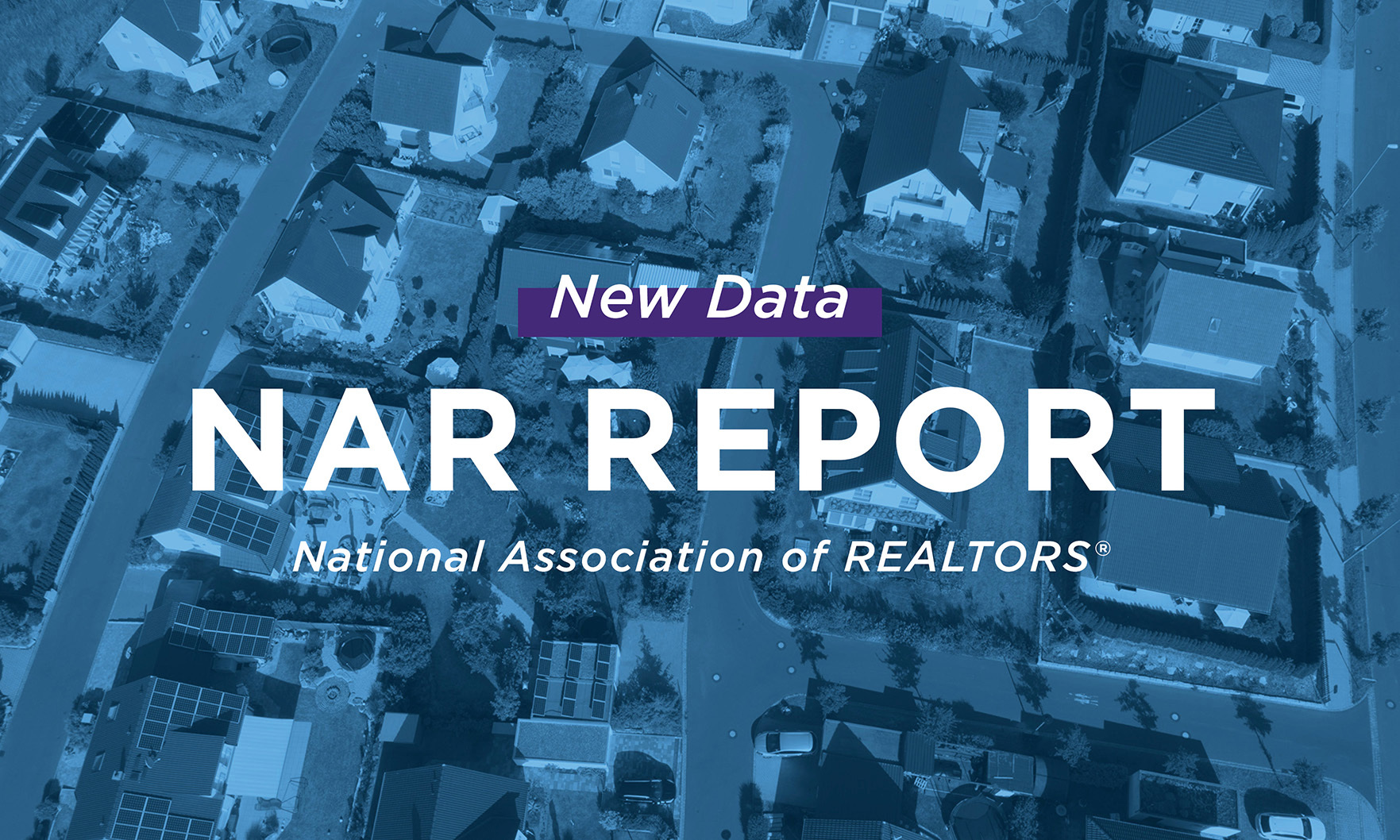
The annual rate of 4.58 million sales was up 14.5% from January but down 22.6% from the February 2022 rate of 5.92 million.

Nationally, the week of April 16-22 is likely to provide sellers with the most favorable conditions for a successful sale of any week of the year, although the exact timing varies widely by market.

The list ranks the total market value of residential real estate by state.

A shortage of existing-home inventory is driving more people to the market for newly built homes.

Increased mortgage rates have sidelined many would-be buyers, allowing inventory levels to increase. As a result, buyers can now “shop around” more than during the peak of the pandemic, putting the burden of concessions back on sellers.
